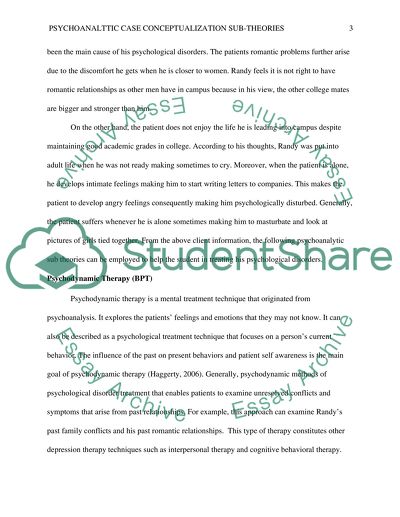Cite this document
(“Psychoanalytic Case Conceptualization Sub-Theories Essay”, n.d.)
Retrieved from https://studentshare.org/psychology/1493857-psychoanalytic-case-conceptualization-sub-theories
Retrieved from https://studentshare.org/psychology/1493857-psychoanalytic-case-conceptualization-sub-theories
(Psychoanalytic Case Conceptualization Sub-Theories Essay)
https://studentshare.org/psychology/1493857-psychoanalytic-case-conceptualization-sub-theories.
https://studentshare.org/psychology/1493857-psychoanalytic-case-conceptualization-sub-theories.
“Psychoanalytic Case Conceptualization Sub-Theories Essay”, n.d. https://studentshare.org/psychology/1493857-psychoanalytic-case-conceptualization-sub-theories.


